I recently visited another "connected girt" (CG) barn.
I've learned alot about old barns in the past year or so here on the forum and now look at these CG barns w/ new information, as well as new questions.
Like I said in an earlier post here, I've been finding more and more of these CG frames. Not unusual here in southern Maine at all; have found them w/in a 20 mile radius of Portland thus far.
I had a eureka moment recently regarding these barns and the "2' mark."
This scribed specimen has a hard and fast date of 1816. It's a small 4-bent frame and "under square": 36 wide X 34 deep.
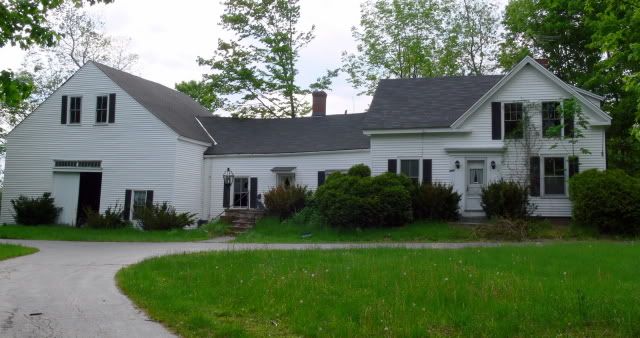
To refresh memories, and for those new to this thread, what's always been of interest w/ these CGs is the fact that there are no top plates. The beefy top girts are the principal frame connectors.
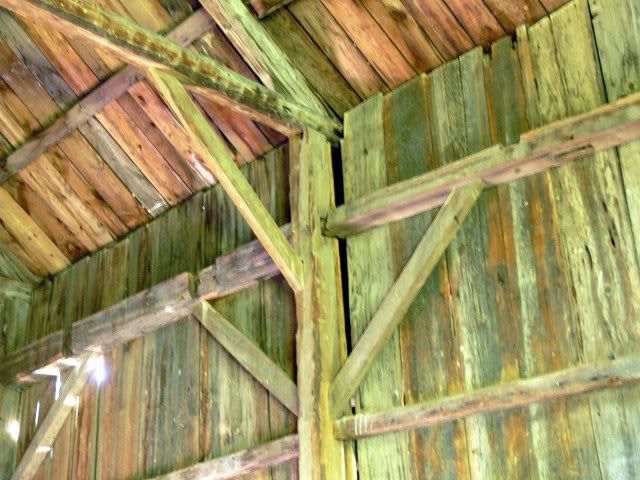
Notice the girts on this barn, they're the most dropped I've seen yet, which brings me to the "2' mark" used in scribed layout. The
top edge of the girts are 23" from the top of the post (tenon shoulder).
This other scribed CG barn (featured on the tour I hosted last summer) has the
bottom edge of the girts 24" from the top of the post exactly.
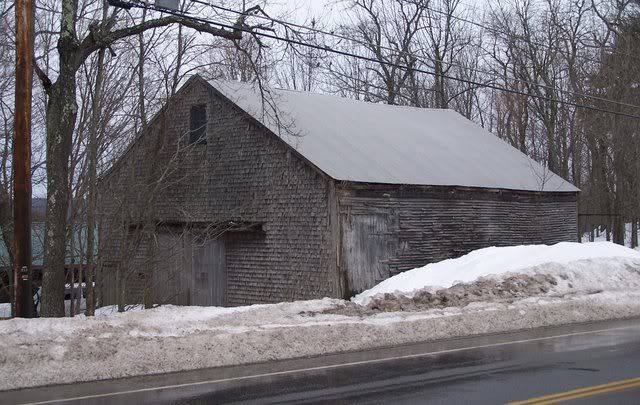
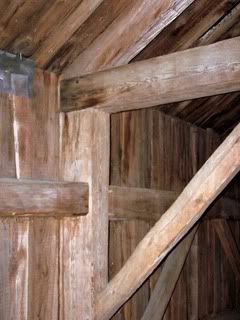
I looked along the posts of the barns from the inside for any evidence of 2' marks, but could only find scratches for mortise layouts. Were 2' marks typically only on the outside (reference face)? Sheathing is covering this face now so hard to tell if the 2' mark theory is anything other than my own enthusiasm.
However, not all scribed CG frames have the top girts this low. This barn (also on the tour last summer) has them higher up on the post.
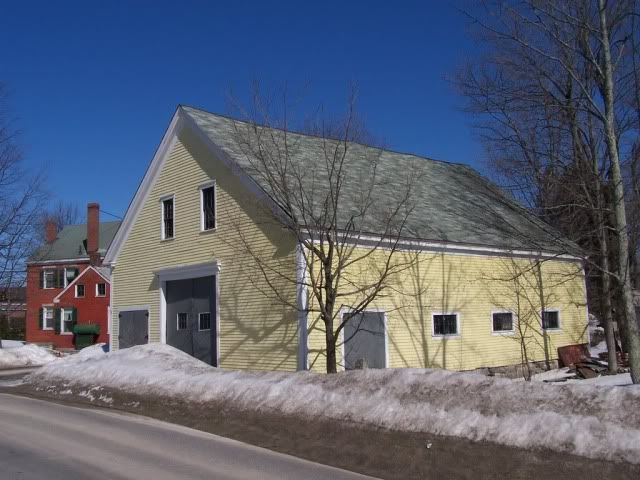
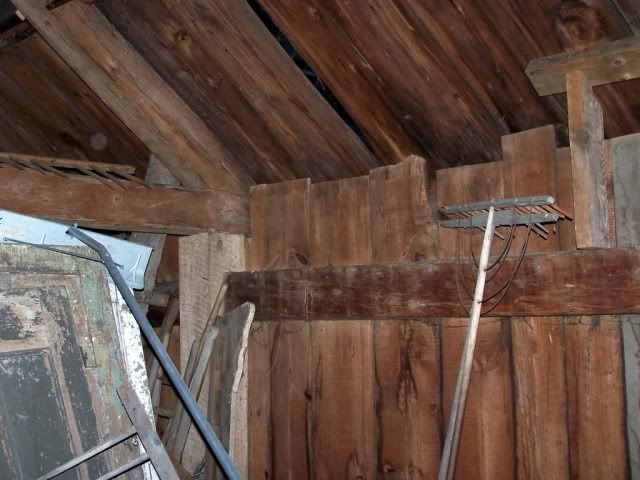
I'm wondering if it was typical for mortises, and thus framing members, to be found at the 2' mark location...or was the mark used primarily for leveling the frame?